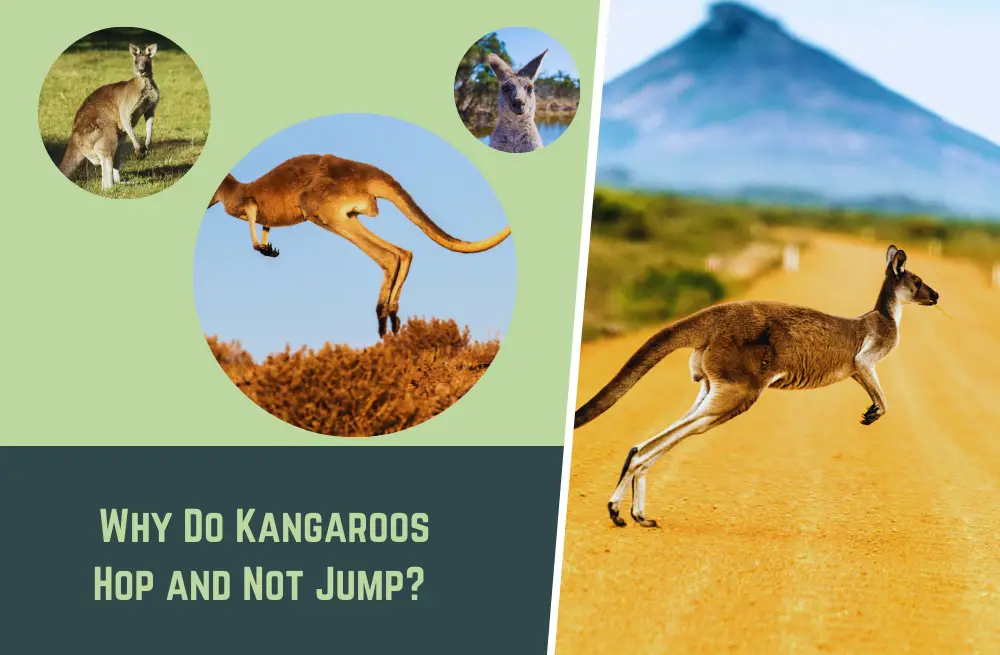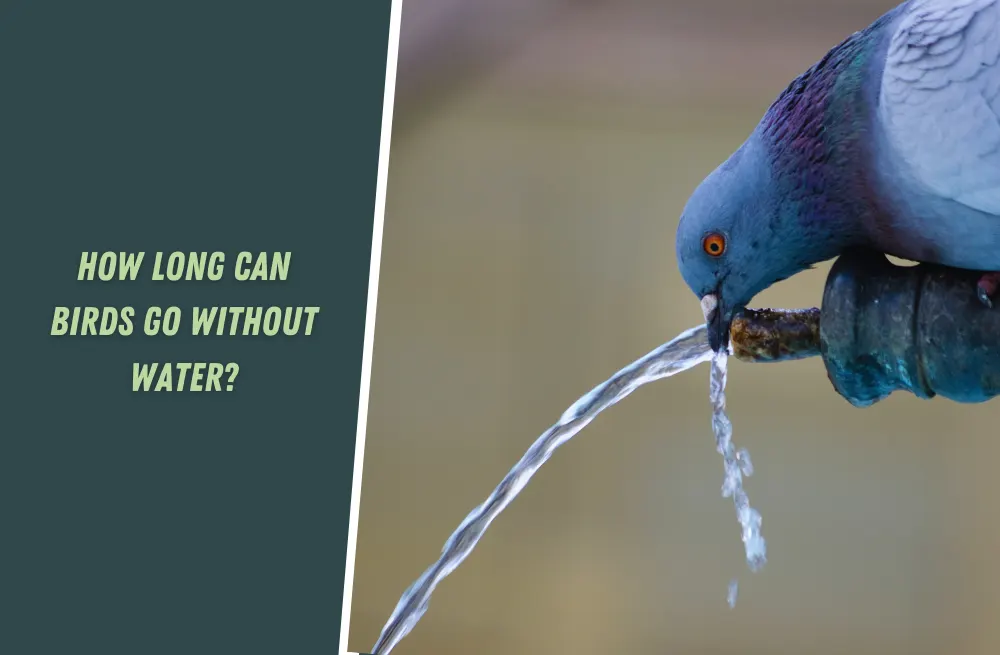Kangaroos, the iconic marsupials of Australia, are renowned for their impressive power and strength. From their muscular legs to their vigorous kicks, kangaroos exhibit a level of power that is unmatched in the animal kingdom.
In this article, we tell you everything you need to know about the reasons behind their extraordinary strength and explore the unique adaptations that make kangaroos such powerful creatures.
So, let’s gooooo!
This is Why Kangaroos So Powerful:
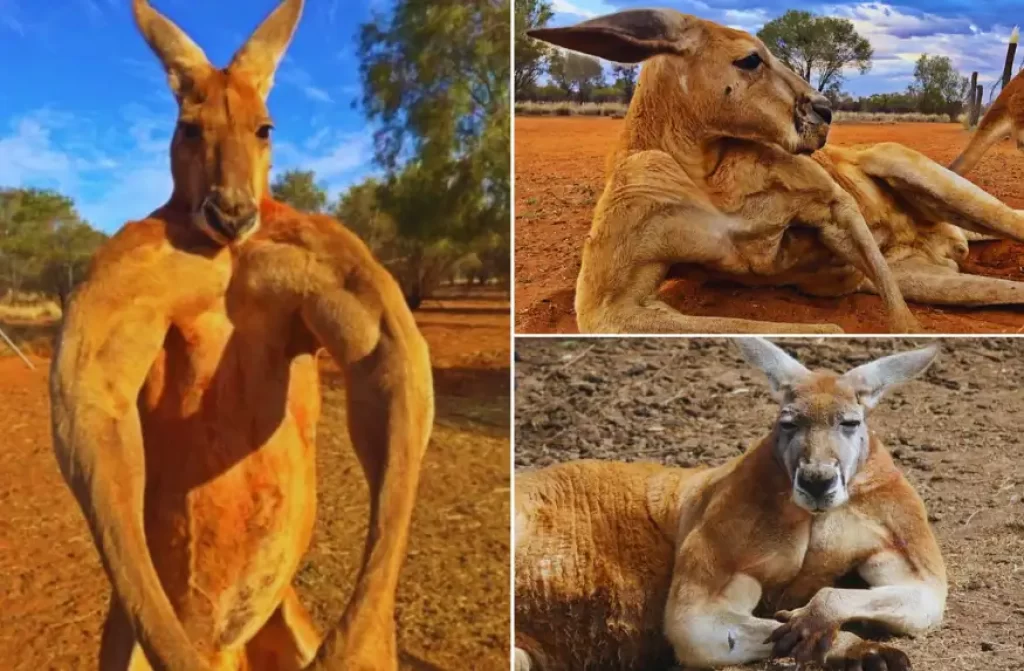
Adaptations for Hopping
One of the primary reasons for the kangaroo’s exceptional power lies in its specialized hopping locomotion. Hopping is an energy-efficient method of movement that requires significant muscle strength to propel the kangaroo’s body forward.
The kangaroo’s hind legs, particularly the quadriceps and gluteal muscles, are incredibly powerful, allowing them to generate the force necessary for each powerful hop. These well-developed leg muscles give kangaroos the ability to cover vast distances with speed and efficiency.
Muscular Tails
Kangaroos possess long and muscular tails, which play a crucial role in their overall strength. The tail acts as a balancing tool during hopping, providing stability and enabling precise movements.
Additionally, the muscles in the tail contribute to the kangaroo’s overall power by supporting its body weight and assisting in maintaining balance.
The tail also serves as a powerful weapon during defensive encounters, with kangaroos using it to strike opponents or provide leverage during intense physical confrontations.
Powerful Kicks
Kangaroos are renowned for their exceptionally powerful kicks, which can be swift and devastating. Their hind legs, equipped with long and strong tendons, are capable of delivering powerful blows.
The sheer force generated by a kangaroo’s kick is capable of inflicting significant damage to potential predators or competitors.
These powerful kicks are primarily employed during territorial disputes, mating competitions, or in self-defense when a kangaroo feels threatened. The combination of muscular legs and strong tendons allows kangaroos to deliver powerful and accurate kicks with remarkable speed.
Enhanced Muscle Efficiency
Kangaroos possess unique adaptations that maximize muscle efficiency and minimize energy expenditure. Their specialized tendons and elastic muscles act as springs, storing and releasing energy with each hop. This elastic energy transfer allows kangaroos to cover long distances with minimal effort.
The efficient use of their powerful muscles enables kangaroos to conserve energy while maintaining their remarkable power and strength.
Dominance Displays
Male kangaroos, or “bucks,” engage in physical confrontations to establish dominance and secure mating rights. These displays of strength and power involve boxing matches where bucks strike each other with their well-developed forelimbs.
The muscular build of kangaroos enhances their ability to engage in these physical contests, allowing them to assert dominance and establish their status within the kangaroo social hierarchy.
How do kangaroos hop so high?
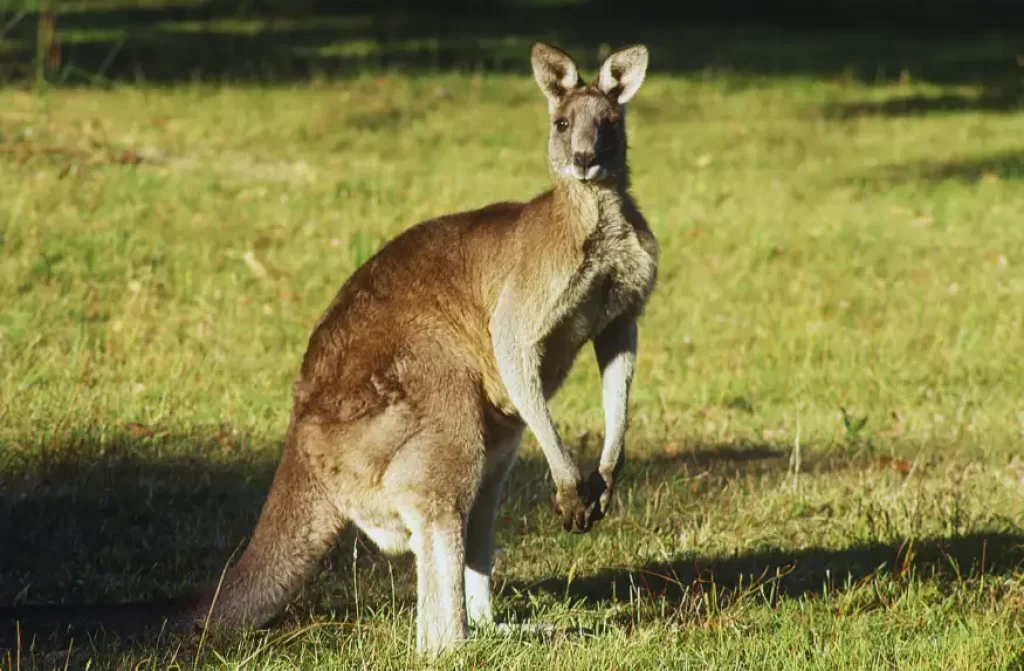
Oh, let me tell you about the amazing jumping abilities of kangaroos! It’s quite fascinating how they can hop so high. You see, kangaroos have evolved some incredible adaptations that allow them to achieve those impressive jumps.
Their muscular hind legs are built for power and efficiency. These legs are much longer and stronger compared to their front legs, giving them the ability to generate a tremendous amount of force. When a kangaroo prepares to hop, it uses its tail as a pivot point and pushes off the ground with its hind legs, propelling itself forward and upward.
But that’s not all! Kangaroos have a special tendon in their legs called the Achilles tendon. This tendon acts like a spring, storing energy as the kangaroo’s foot hits the ground during a hop. When the kangaroo releases that stored energy, it launches itself into the air, allowing for higher jumps.
Another factor that contributes to their impressive hopping ability is their lightweight build. Kangaroos have relatively small and light upper bodies, which means they have less weight to lift off the ground. This makes it easier for them to achieve greater heights with each hop.
Interestingly, kangaroos also have strong core muscles and a well-developed sense of balance. These factors play a crucial role in maintaining stability while in mid-air, allowing kangaroos to control their jumps and land safely.
It’s important to note that not all kangaroos can hop exceptionally high. The height of their jumps can vary depending on factors such as the species, size, age, and individual fitness level.
The larger kangaroo species, such as the Red Kangaroo, tend to have more powerful hops and can achieve greater heights compared to their smaller counterparts.
How far can a kangaroo hop in one go?
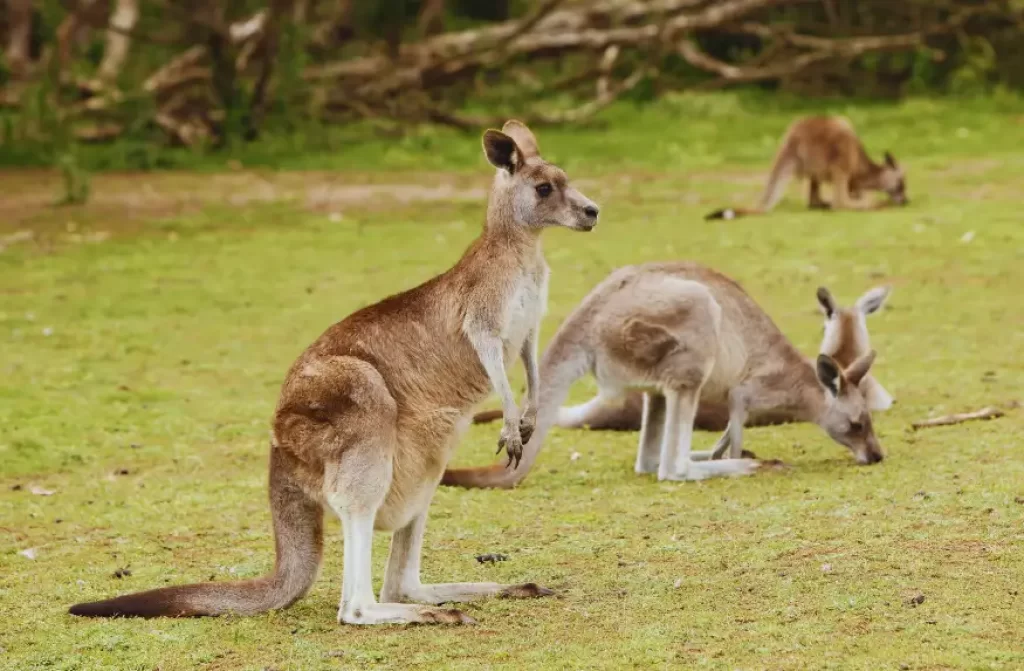
When it comes to the distance a kangaroo can cover in one hop, it’s quite impressive. Kangaroos are capable of covering remarkable distances with each leap, allowing them to traverse their vast habitats efficiently. On average, a kangaroo can hop anywhere between 15 to 25 feet (4.5 to 7.5 meters) in a single bound.
However, it’s important to note that the distance a kangaroo can hop varies depending on several factors. The species of kangaroo, their size, fitness level, and the terrain they are hopping on can all influence the distance they can cover.
Among the kangaroo species, the red kangaroo (Macropus rufus) is known for its exceptional hopping abilities. With its powerful hind legs, a red kangaroo can achieve even greater distances, with some reports of them covering up to 30 feet (9 meters) in a single bound.
Can a human be stronger than a kangaroo?

Ah, the eternal question of human versus kangaroo strength! While it’s true that kangaroos are renowned for their impressive muscularity and power, it’s important to remember that humans have their own strengths as well.
In terms of pure physical strength, kangaroos have the upper hand. Their muscular hind legs, specifically adapted for hopping and delivering powerful kicks, give them an advantage in raw strength. The force generated by a kangaroo’s kick can be quite formidable, and it’s not something to be taken lightly.
However, humans possess unique strengths of our own. While we may not match the kangaroo in terms of sheer power, we have developed exceptional manual dexterity and fine motor skills. Our ability to manipulate objects with precision and utilize tools has allowed us to create intricate technologies, build impressive structures, and accomplish remarkable feats.
Furthermore, humans have leveraged our cognitive abilities and intellect to become the dominant species on Earth. Our advanced problem-solving skills, strategic thinking, and complex social structures have propelled us forward. We have harnessed the power of our minds to create sophisticated societies, make scientific discoveries, and shape the world around us.
So, while a human may not outmuscle a kangaroo in a direct physical confrontation, our unique blend of skills and intelligence sets us apart. It’s important to appreciate the diverse strengths that different species possess and recognize that each has evolved to excel in their own specific ways. After all, the true strength of a species lies not just in its muscles, but in the remarkable range of abilities it brings to the table.
Conclusion
The impressive power of kangaroos stems from their unique adaptations for hopping, muscular tails, powerful kicks, enhanced muscle efficiency, and dominance displays.
These remarkable attributes enable kangaroos to thrive in their challenging environments and defend themselves against potential threats. Their strength and power are a testament to the incredible adaptations that have evolved over millions of years, making kangaroos one of the most formidable and captivating creatures in the animal kingdom.


